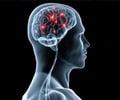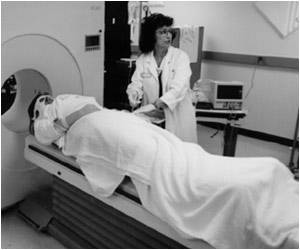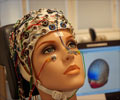An EEG test to study and treat schizophrenia has been validated by University of California, San Diego School of Medicine scientists.

The second, published online earlier this month in NeuroImage: Clinical, establishes a link between certain EEG tests and patients' cognitive and psychosocial impairments, suggesting that the EEG test could be used to objectively measure the severity of a patient's condition, and conversely that it might be possible to alleviate some of the symptoms of schizophrenia with specialized cognitive exercises designed to strengthen auditory processing.
"We are at the point where we can begin to bring simple EEG tests into the clinical setting to help patients," said Gregory Light, PhD, associate professor of psychiatry and a co-author on both studies. "We think it may be possible to train some patients' auditory circuits to function better. This could improve their quality of life, and possibly reduce common symptoms of schizophrenia such as hearing voices."
In experiments, UC San Diego scientists and colleagues with the Consortium on the Genetics of Schizophrenia monitored volunteers' electrical brain activity patterns as they listened to a sequence of beeps that occasionally included a discordant prolonged beep. The lengthier beeps were one-twentieth of a second longer than the standard beeps and occurred roughly 10 percent of the time.
A total of 1,790 people were tested at five sites nationwide as part of a National Institutes of Health-funded study to unravel the genetic basis of schizophrenia. Nine-hundred and sixty-six were schizophrenia patients; 824 were healthy control subjects.
The EEG data were analyzed for two auditory processing metrics. One is known as mismatch negativity (MMN). Measured in microvolts, MMN represents the difference between the brain's response to the expected stream of beeps and its response to the singular, different ping. The other, called P3a, is a measure of the electrical energy emitted by the brain as it automatically shifts attention to the longer beep.
Advertisement
In the second study, researchers showed that measures of MMN and P3a were associated with the severity of a patient's symptoms and their day-to-day real-world functioning.
Advertisement
The two studies further validate the ability to measure MMN and P3a with only one EEG electrode placed on the front of the scalp, meaning that the EEG testing can be conducted outside of academic research laboratories.
Researchers plan to use their studies' findings to try to improve the quality of life for patients at the Alpine Special Treatment Center, a mental health rehabilitation and long-term care facility in eastern San Diego County.
"Our goal is to see if we can help people improve their brain functioning by providing daily cognitive exercises that are designed to sharpen their sensory information processing," said Light, who is also associate director of the VISN-22 Mental Illness, Research, Education and Clinical Center (MIRECC) at the Veterans Affairs San Diego Healthcare System. "We will then use EEGs to see if we can identify markers that predict which patients are most likely to benefit from this form of treatment."
Source-Eurekalert












